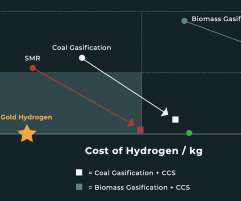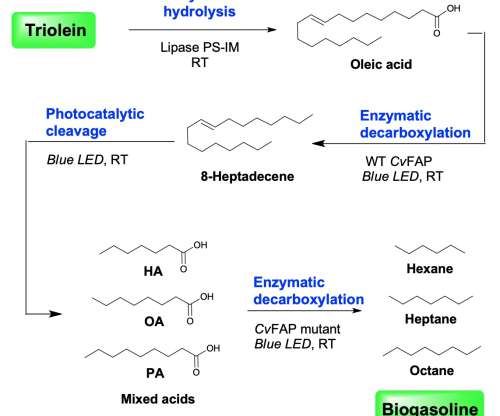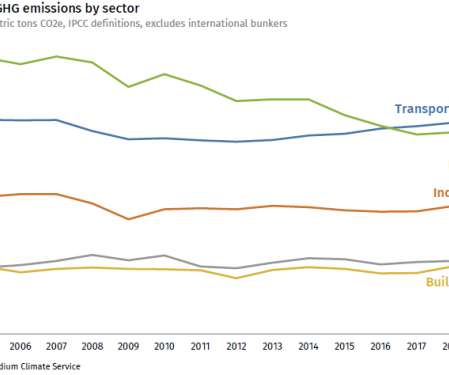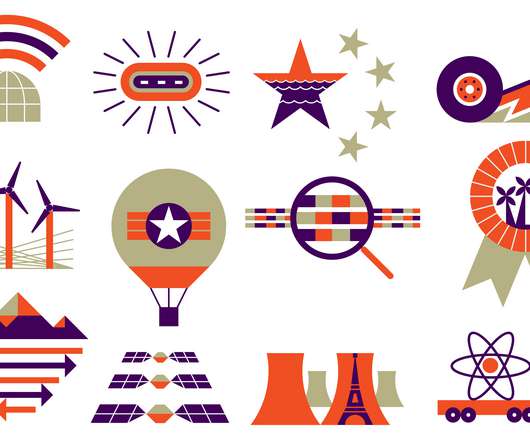Cemvita demonstrates “gold hydrogen” production in situ, sets up subsidiary
Green Car Congress
SEPTEMBER 28, 2022
Gold Hydrogen is a novel source of carbon neutral hydrogen produced from depleted oil reservoirs that are ready for plug and abandonment, extending the life of wells that would otherwise be a significant burden. Cemvita Factory’s mission is to reimagine heavy industries such as oil & gas and mining for the net-zero economy.





























Let's personalize your content